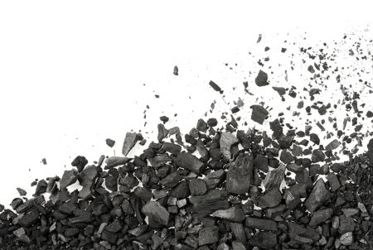Calgon Carbon's Peer-Reviewed Study Of PFAS Removal

GAC is the most widely used and well-established treatment technology for the removal of PFAS contaminants from drinking water and wastewater.
Thermally treating GAC at the end of its useful service life (known as “spent carbon”) is called reactivation, a process that vaporizes and destroys adsorbed contaminants at extremely high temperatures and restores the GAC to a nearvirgin state so it can be reused. However, since the advent of PFAS regulatory actions, questions have persisted about the effectiveness of the reactivation process for the destruction of PFAS.
To address this, Calgon Carbon carried out a thorough stack testing program at a full-scale GAC reactivation facility during the reactivation of a load of GAC known to contain adsorbed PFAS.
Get unlimited access to:
Enter your credentials below to log in. Not yet a member of Water Online? Subscribe today.
